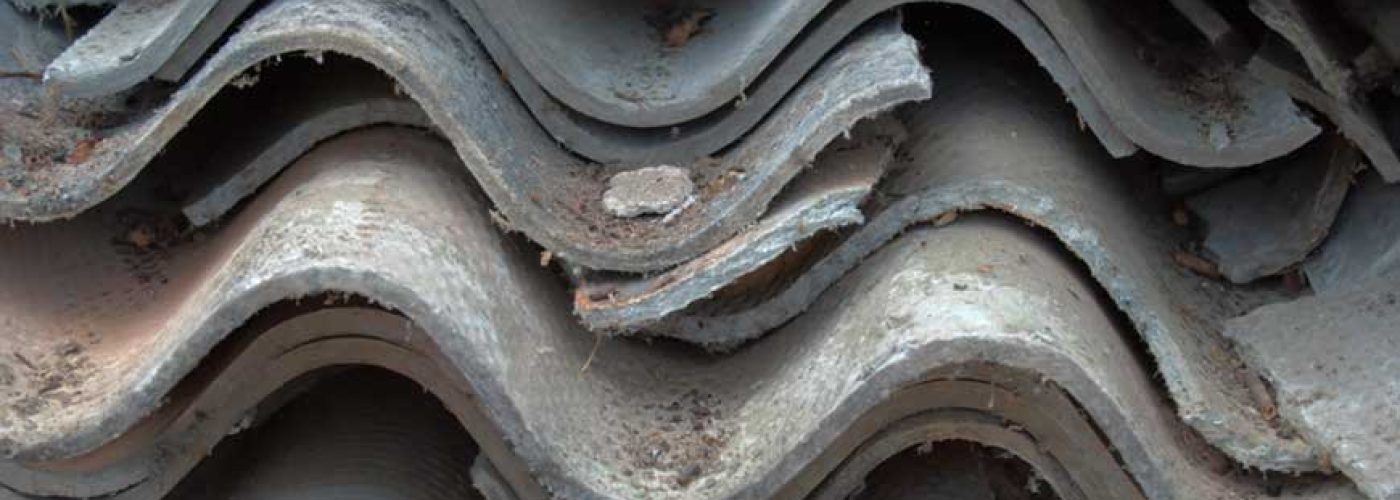Few materials commands fear and trepidation as asbestos. Just about everyone, even if they’re not in the construction industry, understands that asbestos is a bad thing. But it wasn’t actually banned in the UK until 1999, and thus you might find it lurking in a whole range of different buildings.
What is Asbestos?
Asbestos is a group of six different types of naturally occurring fibres. These fibres are exceptionally resistant to heat and corrosion, which made them useful when it comes to making buildings where they are often found in insulation.
Why was it banned?
Unfortunately, the very same properties which make asbestos so good at creating permanent structures also make it very dangerous if it enters the human body. The body simply doesn’t have a way to break it down, which means that those inhaled fibres can cause inflammation and scarring inside the body. It is responsible for the vast majority of cases of mesothelioma, a type of cancer that wasn’t seen in the UK until asbestos entered the scene. Asbestos-related claims provide a way for effected workers to extract compensation, but they can’t reverse the damage.
Is there a risk of asbestos exposure in construction?
Unfortunately, the dangers of asbestos only came to light after it was rolled out into buildings across the UK. According to recent research, there are 6 million tonnes of asbestos distributed across 1.5 million public buildings. The material can be found in 94% of hospitals and 80% of public schools.
In most cases, this asbestos is trapped behind walls and ceilings where it can’t inflict any damage. However, this changes when construction work is involved. If part of a building is destroyed, then those fibres might be released into the air. In some cases, this event isn’t even noticed. Moreover, many construction workers aren’t aware of exactly what to do in the event that they discover asbestos.
How prepared are construction workers?
According to polling from Opinium, commissioned by the Institution of Occupational Safety and Health, some 15% of workers have never been informed of the risks, and 18% of workers claimed that, if they found asbestos, they wouldn’t be sure of what to do. 15% of workers did not know about the asbestos register. This minority of uninformed workers pose a disproportionate risk, especially if they’re put in situations where they’re the only people working on a particular site.
What can I do?
Employers and workers have a duty to inform themselves on the dangers of asbestos, in order to limit the risk to everyone. If you’re in this position, then you can find plenty of resources available on the Health and Safety Executive’s website.





